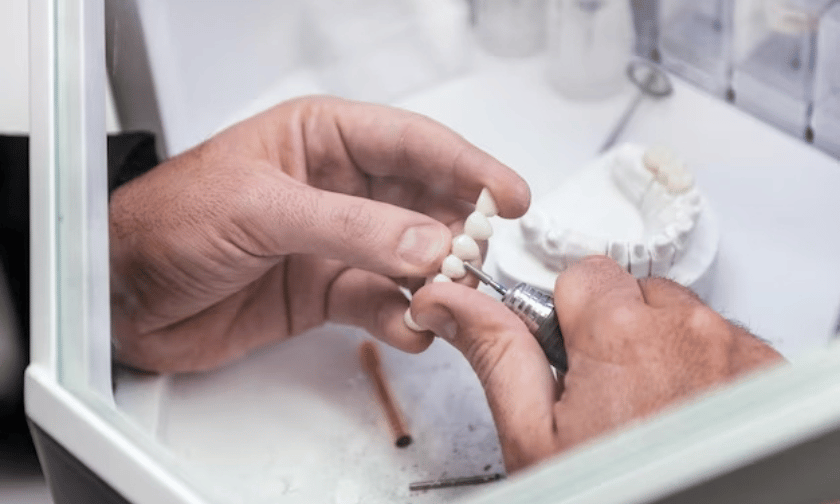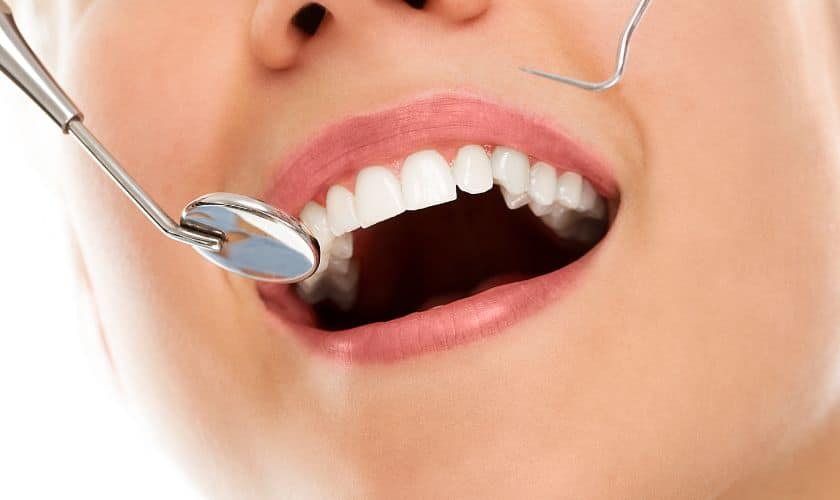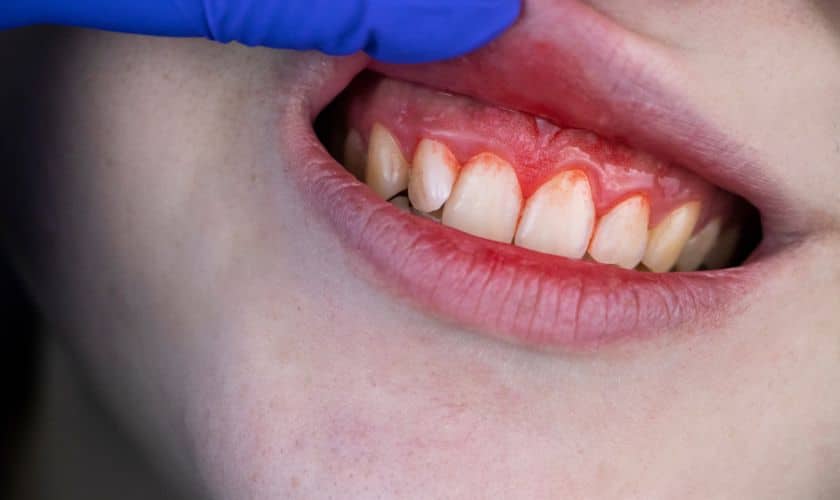
What Types and Materials are Used for Dental Bridges?
Introduction
Dental bridges can be used to replace missing teeth and restore your smile. Bridges literally “bridge” the gap between two or more missing teeth with prosthetic teeth. Dental bridges are made up of two or more crowns for the teeth on either side of the gap — these are called abutment teeth — and a false tooth or teeth in between. These false teeth are called pontics, and can be made from a variety of materials, including gold, alloys, porcelain or a combination of these materials.
There are three main types of dental bridges:
Fixed Dental Bridges
A fixed dental bridge is a permanent restoration that cannot be removed by the patient. It is usually cemented onto the natural teeth or implants surrounding the empty space. A fixed bridge can be made from a variety of materials, including gold, alloys, porcelain or a combination of these materials.
Removable Dental Bridges
Removable dental bridges are also known as partial dentures. They can be easily taken out and cleaned by the patient. Removable bridges are usually made from plastic and metal components and can be attached to your natural teeth with metal clasps or precision attachments.
Implant-Supported Dental Bridges
An implant-supported bridge is a type of bridge that is attached to implants, rather than natural teeth. Dental implants are surgically placed into the jawbone and act as anchors for the bridge. Implant-supported bridges are considered more stable and durable than traditional bridges, and can help preserve the health of your jawbone.
Materials Used for Dental Bridges
The materials used in a dental bridge will depend on several factors, including the location of the missing teeth, the type of bridge being used and the patient’s preference. Dental bridges are typically made from gold, alloys, porcelain or a combination of these materials.
Gold Dental Bridges
Gold dental bridges are made from high-quality alloys that contain gold and other metals such as copper and platinum. Gold bridges are strong and durable, but they can also be expensive. The gold alloy will usually be layered with porcelain to make the bridge look more natural and blend in with the patient’s surrounding teeth.
Porcelain Dental Bridges
Porcelain bridges are made from ceramic materials that are designed to match the color of your natural teeth. They are very strong and aesthetically pleasing, but they can be more expensive than other types of bridges.
Alloy Dental Bridges
Alloy dental bridges are less expensive than gold or porcelain bridges, but they can be more noticeable due to the metal color of the alloy. Alloys are made from a combination of metals such as cobalt, chromium and nickel. While this type of bridge may not look as natural as a porcelain or gold bridge, the alloy can be tinted to match the patient’s natural tooth color.
Conclusion
Dental bridges are a great way to replace missing teeth and restore the patient’s smile. Dental bridges can be made from several different materials, including gold, alloys, porcelain or a combination of these materials. It is important to consult with your dentist about the best type of dental bridge for your specific situation.
FAQs
1. What is a dental bridge?
A dental bridge is a prosthetic device used to replace missing teeth by literally “bridging” the gap between two or more adjacent teeth. Dental bridges can be made from a variety of materials, including gold, alloys, porcelain or a combination of these materials.
2. How long does it take to get a dental bridge?
The time frame will depend on the type of bridge being used and the complexity of the case. Generally speaking, a fixed bridge can take up to two weeks while an implant-supported bridge may require multiple appointments and additional healing time.
3. Are dental bridges permanent?
Fixed dental bridges are considered permanent, as they cannot be removed by the patient. Removable and implant-supported bridges are typically not considered permanent, as they can be taken out or replaced if necessary.
Recent Posts

How Your Dentist Supports Mom’s Oral Health on Mother’s Day

The Key to Achieving Your Dream Smile with Our Cosmetic Dentist

Smile Makeover Magic: Transform Your Look with Our Cosmetic Dentist

Effortless Dental Implants at Highland Dental Studio Phoenix

